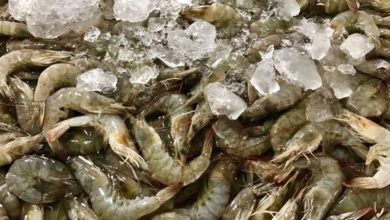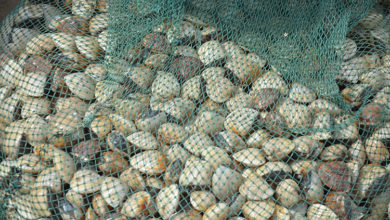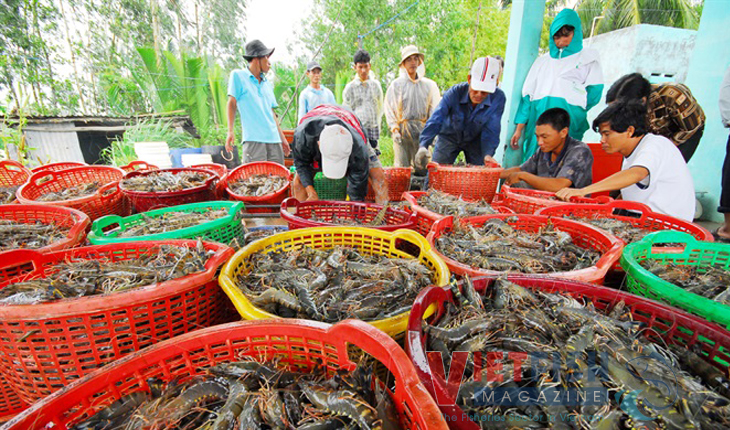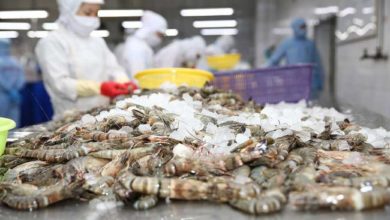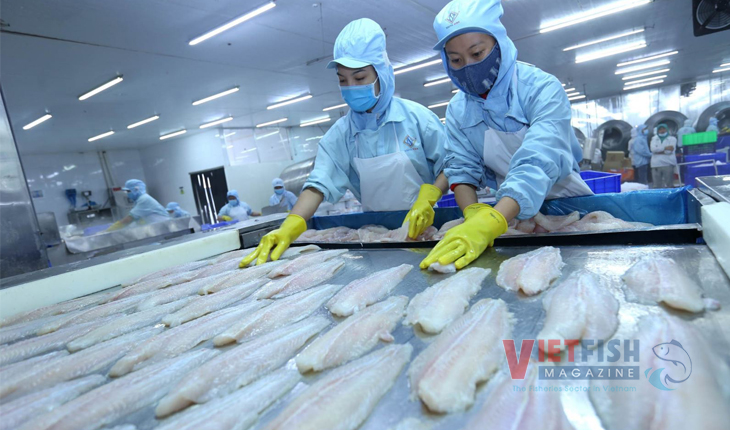Vietnam ascends to fifth largest seafood supplier to Singapore
In the first half of 2024, Vietnam’s seafood export value to Singapore reached nearly SGD 51.7 million, an increase of 0.81% compared to the same period last year. Thus, Vietnam for the first time maintained its position as the 5th largest seafood supplier for two consecutive quarters to the Singaporean market.
Among the top 15 seafood exporting countries to the Singapore, Malaysia continues to lead, followed by Norway in the second position, Indonesia ranked third, China fourth, and Vietnam fifth.
Frozen fillets and processed fish dominate market share
According to the Vietnam Trade Office in Singapore, Vietnam’s seafood export turnover to the Singaporean market in the first half of 2024 increased by 0.81%, with an export value of nearly SGD 51.7 million, accounting for a 9.46% market share.
Fresh fish experienced the highest growth, up by 25.42%. On the other hand, chilled fresh fish, frozen fish, and aquatic seafood saw the most considerable decline, down 26.93%, 39.42%, and 23.08% respectively.
Statistics from the Singaporean Business Authority for the first half of 2024 show that Singapore imported seafood from nearly 100 countries and territories, with a total import value of approximately SGD 546.14 million, a decrease of 3.42% compared to the same period in 2023.

Shrimp, crabs, and crustaceans accounts for 24.42% of the market’s total consumption; followed by fresh and chilled fish at 19.65%; fish fillets, chilled or frozen fish meat at 18.15%; frozen fish at 15.75%; and mollusks at 10.67%. Other product categories such as fresh fish, processed fish, and aquatic seafood account for relatively low shares at 3.74%, 4.8%, and 2.81%, respectively.
The six countries with the largest market shares, ranging from 9% to 13%, are Malaysia (13.55%), Norway (11.34%), Indonesia (11.06%), China (10.24%), Vietnam (9.46%), and Japan (8.30%).
Vietnam dominates the Singaporean seafood market with frozen fish fillets (accounting for 28.69%) and processed fish (accounting for 19.24%). China has an advantage in mollusk products, while Japan has strengths in aquatic seafood.
The remaining market share is distributed among over 90 other partners, including Chile, India, Australia, Thailand, and the United States.
Continually enhancing quality
Singapore is a potential market for Vietnam’s seafood products; however, challenges for seafood exporters are substantial.
To ensure food security, Singapore implements a policy of diversifying supply sources, continuously seeking and expanding import markets through various policies. This increases competition among seafood-exporting countries to Singapore.
Moreover, high inflation is a significant challenge for the seafood industry of exporting countries, including Vietnam.
In addition, conflicts in some global regions have caused shipping costs to increase sharply. Countries that can leverage logistics advantages and minimize costs will create a greater competitive edge in exporting goods.
To sustainably increase market share and enhance the rank and value of Vietnam’s seafood exports to Singapore, Cao Xuan Thang, the Commercial Counselor of Vietnam in Singapore, suggests that Vietnamese businesses continue to improve the quality of their seafood products.
Alongside the efforts of businesses, Thang stated that the Trade Office would continue to actively connect with Vietnamese seafood enterprises to inform domestic businesses about the situation, mechanisms, and policies of the market, and the products that Singaporean importers are seeking.
Simultaneously, the Trade Office will connect the Singaporean seafood industry associations with Vietnamese businesses, support enterprises to participate in trade fairs, display products, promote business and product brands, and increase the presence of Vietnamese goods in the market.
Additionally, the Trade Office will support Singaporean business delegations to Vietnam to seek sources of goods and promote industrial, commercial, and service investment in Vietnam.
The Trade Office also consistently holds dialogue activities with Vietnamese businesses, including seafood exporters, to share market access experiences and recommend improvements in product quality and packaging to maintain the reputation of Vietnamese seafood in the Singaporean market.
VFM


